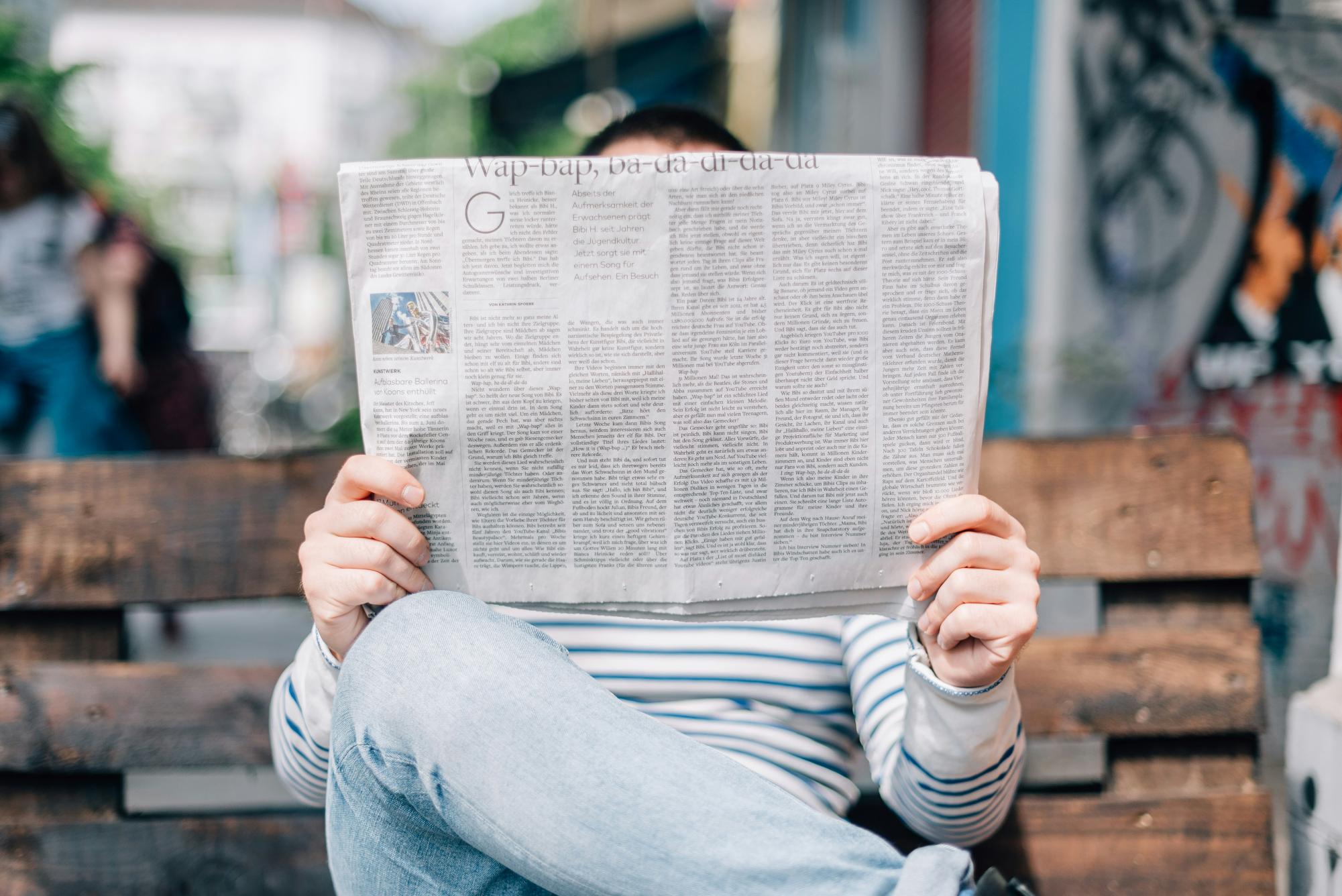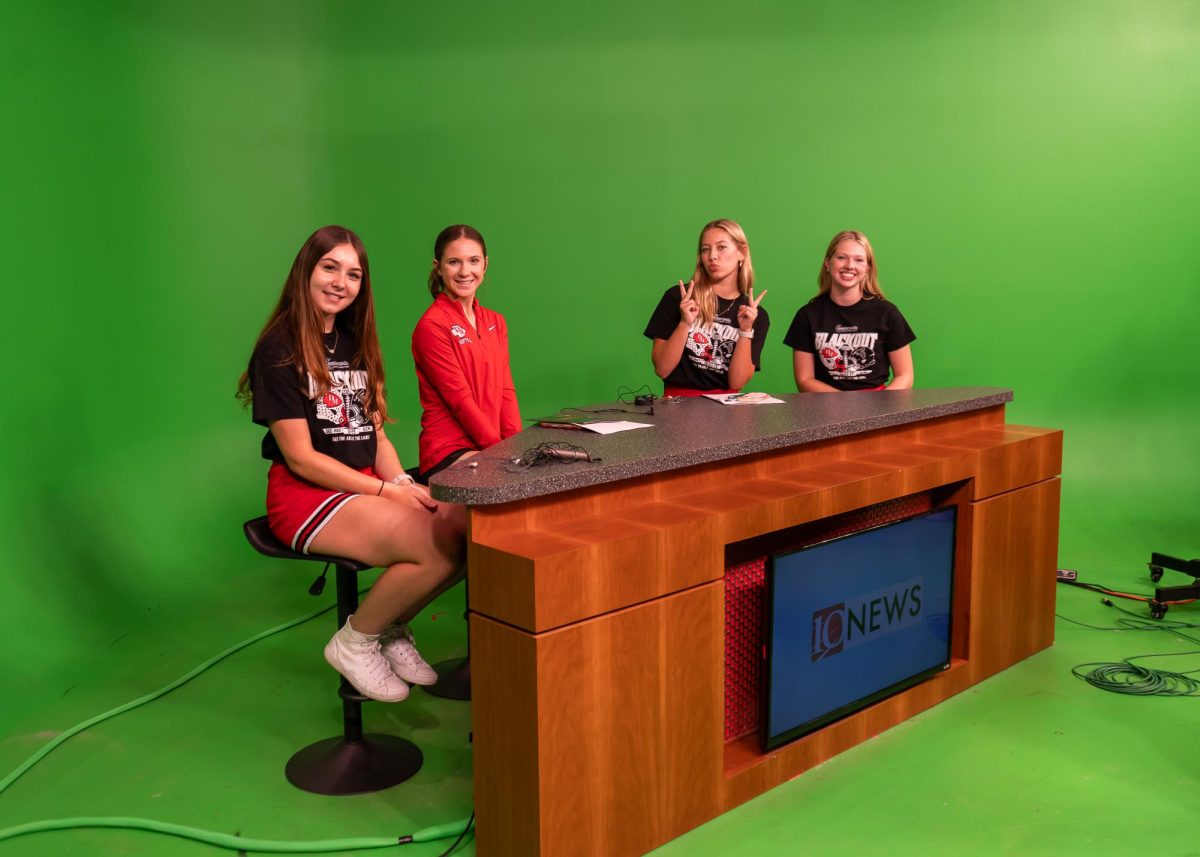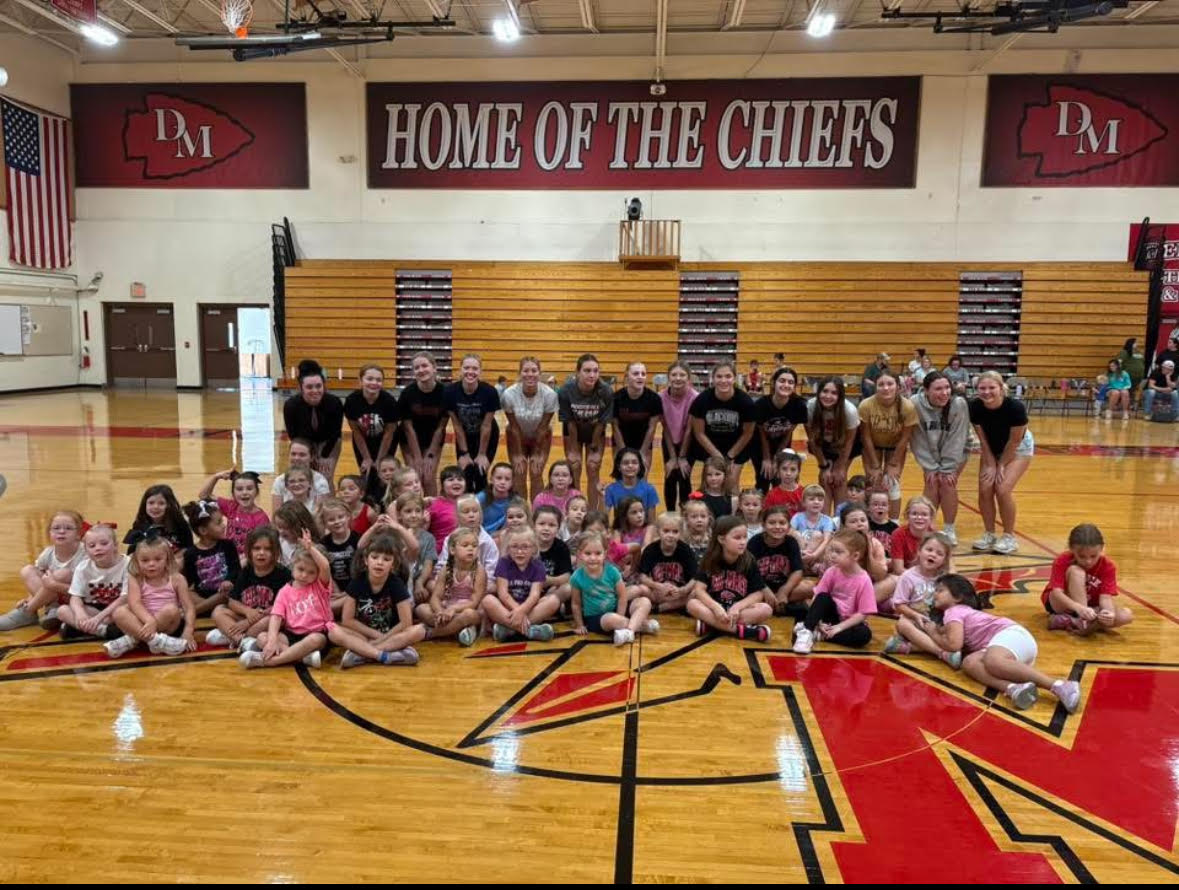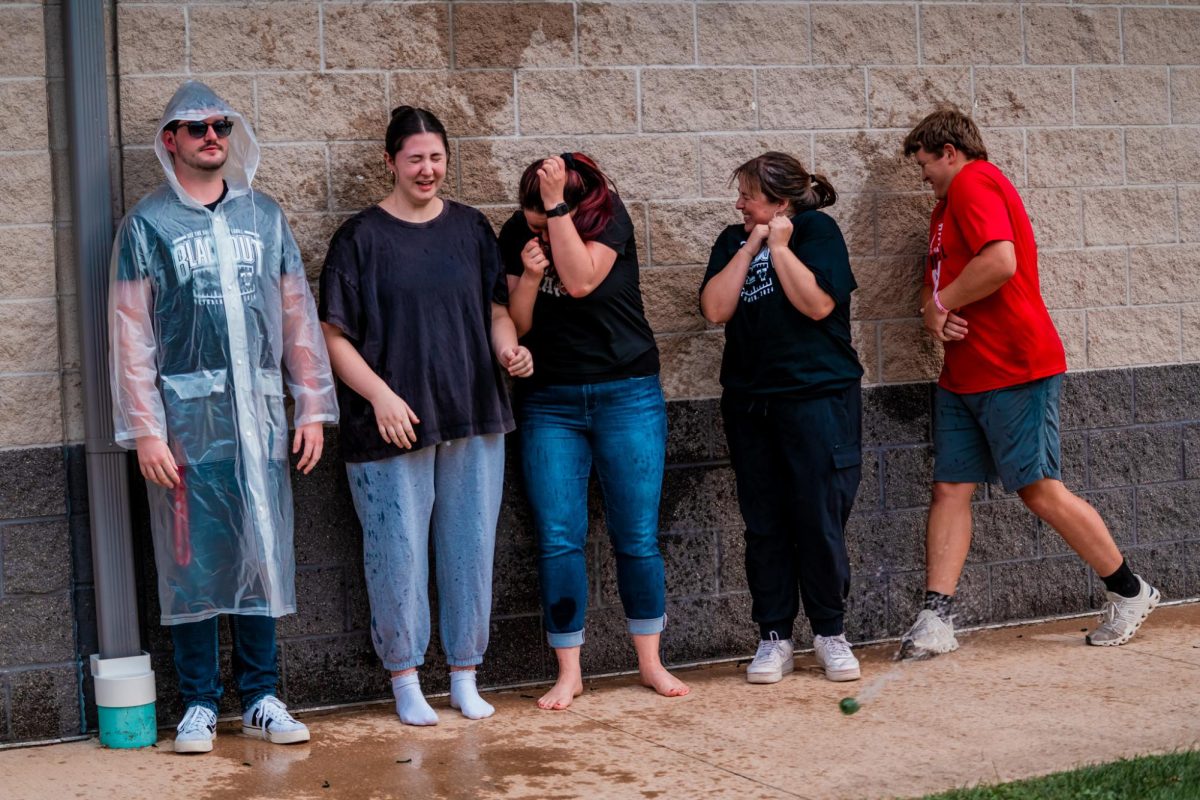Have you ever read a news article and realized that it has absolutely nothing to do with the headline? Or that the writer had no real evidence to back up their story? News platforms have been more inclined to do this recently because a lot of their audiences have a lack of media literacy. According to the NAMLE, media literacy is defined as, “The ability to access, analyze, evaluate, create, and act using all forms of communication” Basically, in order to find information on certain topics, you can’t just read any article you find and take what they say as true. You also need to be able to evaluate the author, the evidence, and the reasoning before you believe what you have read and form your own opinion. Nowadays, with an influx of audiences with poor media literacy, AI, and the use of social media as absolute sources, audiences can be convinced of just about anything without any real proof.
There’s a couple different ways that little nuggets of truth can turn into widespread disinformation. A good example of the first one is Zendaya and Tom’s engagement. Zendaya recently wore what looked like an engagement ring to Golden Globes and the internet blew up with stories claiming that they confirmed the engagement. In reality, neither Tom nor Zendaya have spoken about the engagement or confirmed anything. This is a great example of the media taking a small piece of information and running with it. After a while, many people believed that Zendaya and Tom had spoken about it because of the titles of articles claiming that it was confirmed. While this exact situation does not bring much harm to anyone, there are many cases in which misinformation can be incredibly damaging to many people.
A good example of this is in the case of the misinformation around the LA Wildfires. The biggest cause of the misinformation here is people making up news in order to gain attention or even to intentionally cause chaos for others. Hundreds of people have seen pictures of the Hollywood sign on fire or burnt down and, yet, the Hollywood sign is in fact safe and sound. This is a result of people using AI to spread misinformation. Instead of simply lying and saying it had burnt down, they created proof for their lie. Because many people do not take the time to fact check the things they see on social media, many people still believe that the Hollywood sign is gone.
There have also been people simply lying on social media and hoping no one catches them. An example of this is people saying that the LA Firefighters don’t have enough supplies because the government was secretly sending supplies to Ukraine, leaving firefighters to use womens purses as buckets. There is absolutely no truth behind this, but those who have shared this have gotten a lot of attention. This type of misinformation is very dangerous when people don’t have media literacy skills because it broadens the gap of perspectives between political parties and causes mistrust with those who disagree with them. People don’t understand how someone who they think has the same information as them could possibly have a different opinion when, in reality, they have been given different and incorrect information.
There’s a couple different ways that you can protect yourself from falling victim to the lies of the internet. It is important to take a moment to fully look at a piece of information. Because social media is so fast paced, many times, people don’t even read the whole title. It is also important to recognize the source that you are reading from. Not all resources are going to be credible and sometimes can even be satire websites. If a piece of news is surprising to you or seems like a big piece of information, check to see if there are more credible sources sharing the same information. This is especially true if you plan to share this information; oftentimes your friends and family will trust that you know what you’re talking about rather than doing their own research.
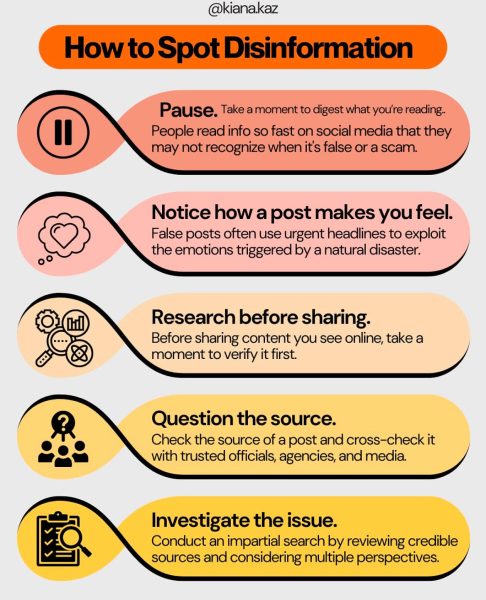
Growing your media literacy skills is not something that happens overnight; it takes practice and work to be able to decipher whether or not pieces of information and news are accurate and credible. The next time you are doom scrolling on TikTok, I challenge you to use your media literacy skills and notice accurate versus inaccurate information.
